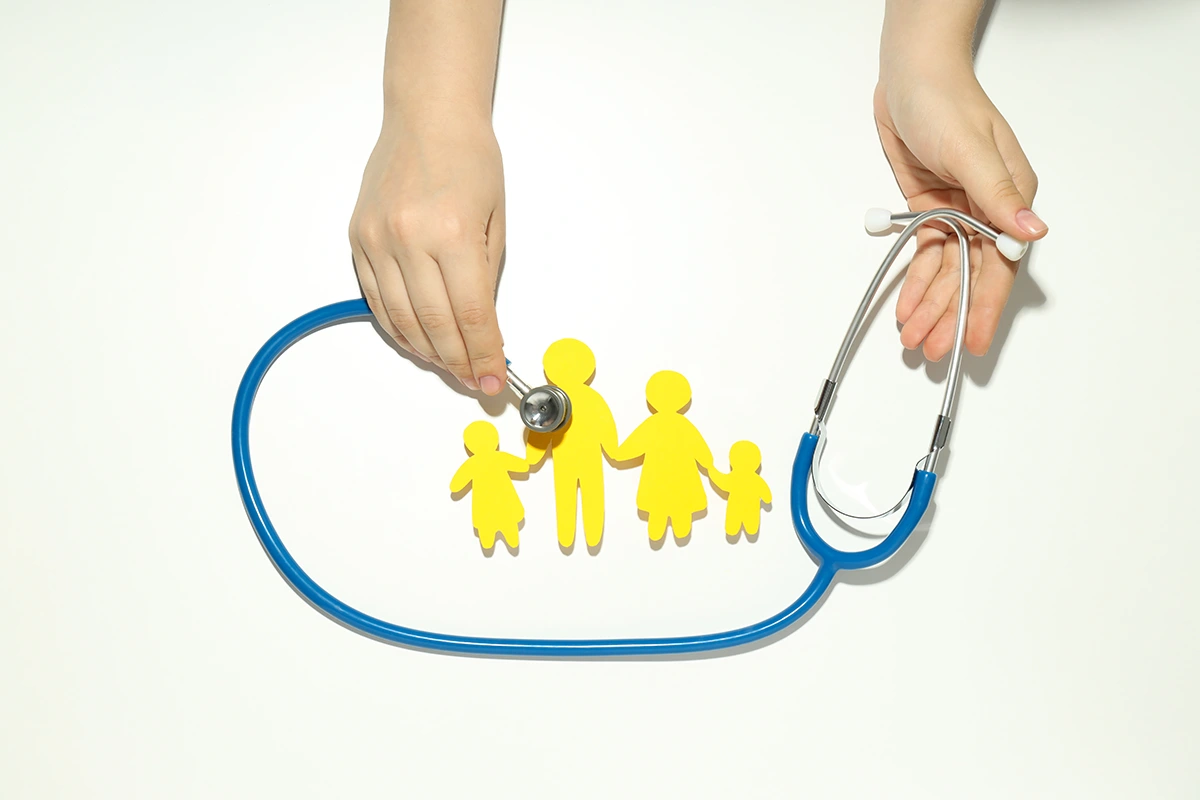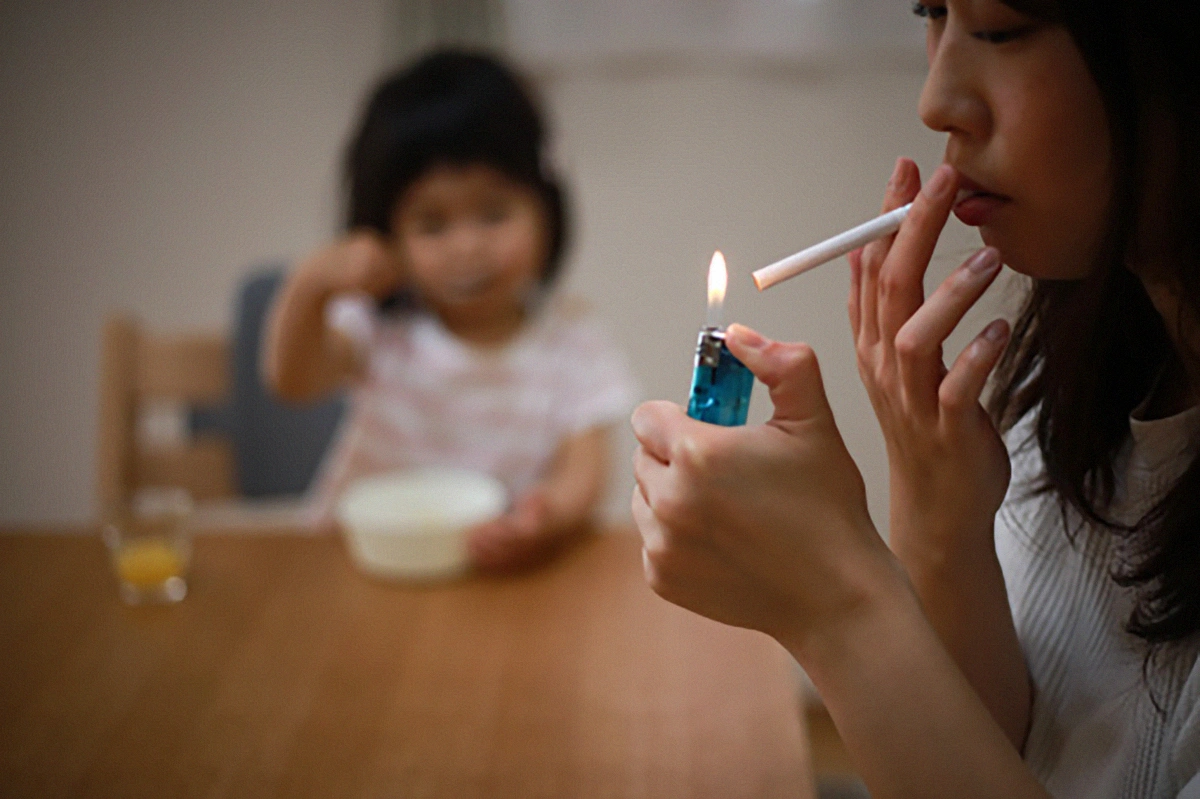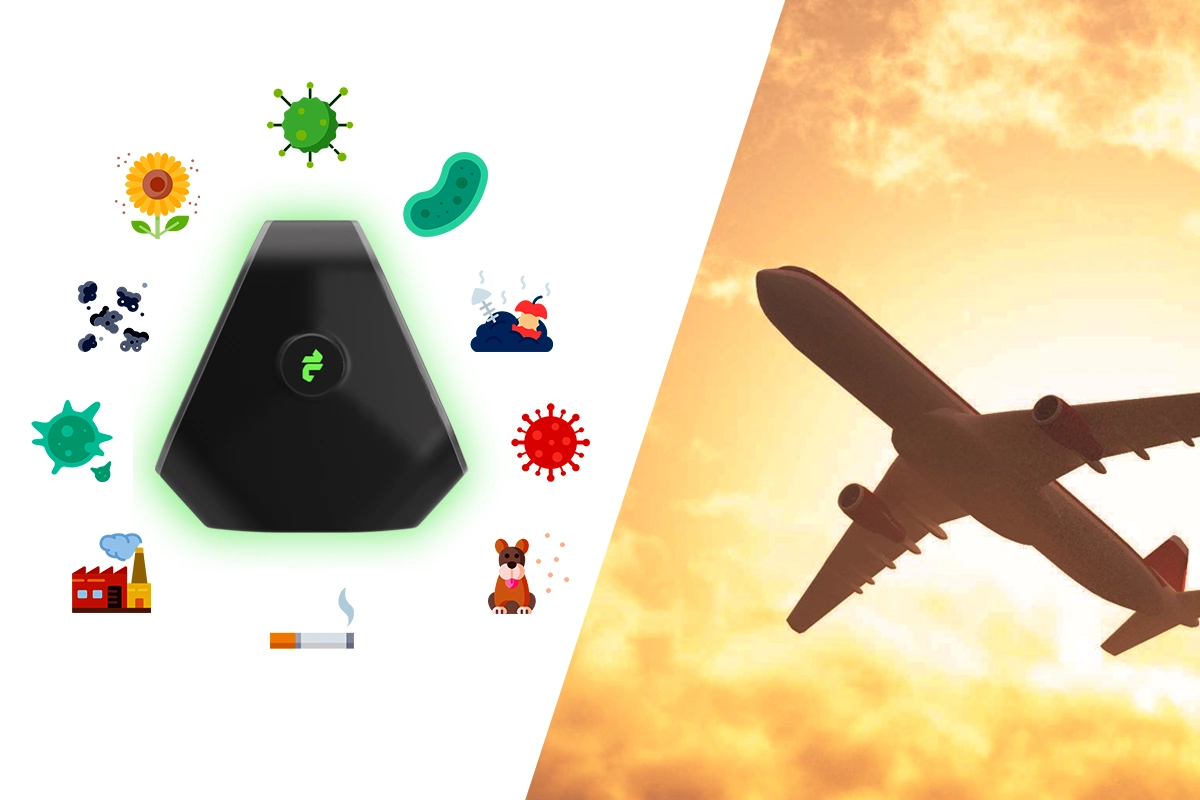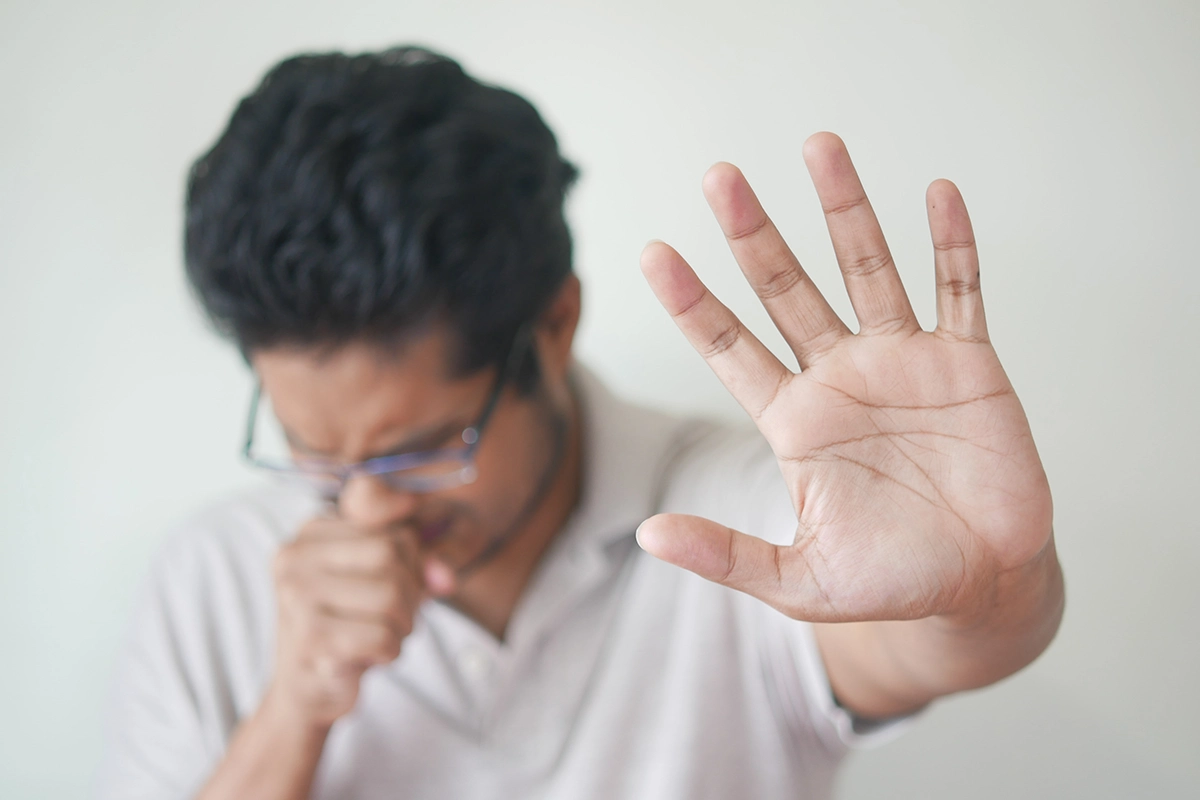
How do we ensure clean air or Air Security as a human right?
You have roughly one in two chances of inhaling air that exceeds World Health Organization standards for air pollution if

Tobacco is used in various forms. As smoke, it is used in cigarettes, hookahs or water pipes, beedis or rolled tobacco, and chilam and chuta. In different countries, tobacco in chewable form is used as snuff, mawa, gutkha, kheni etc.
Extensive studies have been conducted, and many research papers have been published on the effects of smoking on the human body. Some of the illnesses caused by smoking are cancer, breathing problems, heart diseases, diabetes, dental problems, hearing loss, vision loss, fertility problems, osteoporosis and menopause. Despite several awareness programs and educational videos on tobacco’s harmful effects, many people still use it extensively. While some smoke as a symbol of authority, some feel that tobacco helps them concentrate on their work. In some countries, tobacco is used in toothpaste as well.

You have roughly one in two chances of inhaling air that exceeds World Health Organization standards for air pollution if

It’s funny how often we get confused between Air security and Aviation security, but we fail to realise how both

While both men and women are susceptible to indoor air pollution’s harmful effects, women are more vulnerable to its effects.

As very few people are aware of indoor air pollution, they don’t know how water leaks worsen indoor air quality.

The indoor environment plays an important role in human health. There is a lot of literature describing how indoor air

Tobacco and humans have had a very long association. Archaeologists have found the use of tobacco since 1 BC in